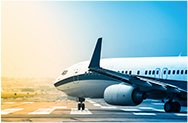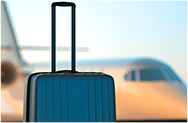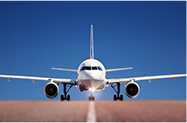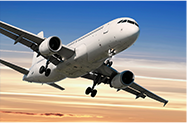In the airline business, it seems that no good deed goes unpunished.
Case in point: Virgin America.
If I were to design an airline from the ground up, it would look very much like Virgin America.
Popularity, Widespread
In a business where conformity and mediocrity are the norm, Virgin America’s Apple-like focus on the user experience sets it apart.
The airline’s justly lauded mood lighting and robust seat-back inflight entertainment system set a new industry standard.
Unlike Southwest and JetBlue all-coach service, Virgin America features real first-class seating.
And while it’s been painfully slow in coming, Virgin America’s frequent flyer program, Elevate, has finally evolved into a loyalty program worthy of the name, with a respectable partner roster and aspiration-worthy elite perks.
At least in the realm of public opinion, the airline has succeeded. It seems that everyone who has flown Virgin America would do it again. And everyone who hasn’t flown them wants to. In a business where customers are far more likely to complain than they are to compliment, that’s a major achievement.
Fact: Virgin America has won “Best Domestic Airline” honors multiple times in polls both by Conde Nast Traveler and Travel + Leisure.
Profitability, Elusive
But in spite of everything it has done right, and notwithstanding the plaudits and loyalty it receives from flyers, Virgin America is hardly a financial success.
Fact: For the third quarter of 2012, typically the most profitable for U.S. carriers, Virgin America reported a net loss of $12.6 million. That at a time when most other airlines were looking at healthy profits.
Growth has been a central part of the airline’s strategic plan, key to increasing revenues and decreasing unit costs. A larger route network is also good for Virgin America flyers, affording them more destinations and routing options. Over the past two years, the airline has increased available seat miles, a standard measure of capacity, by a stunning 73 percent. But its expansion plans have been drastically cut back.
Fact: The airline reduced from 30 to 10 the number of Airbus A320 jets on order, and delayed delivery of 30 other jets from Airbus.
For all the airline’s success in winning the hearts and minds of travelers, its planes are flying less full.
Fact: For the first nine months of 2012, load factor (the percentage of seats occupied) decreased from the same period last year, from 81.2 percent to 79.9 percent.
Destination, Unknown
The picture that emerges, finally, is of an airline that loved its own product and was hell-bent on getting it into the hands of the traveling public sooner rather than later, fully confident that financial success was inevitable.
But five years in, profitability remains as elusive as ever. And the airline’s frequent flyer initiatives and promotions, while welcome, have the tinge of desperation about them.
No one is predicting Virgin America’s imminent demise.
But with expansion scaled back and marketing already optimized, it’s hard to see how Virgin America breaks out of the great-product-lousy-business rut it finds itself stuck in.
Reader Reality Check
If you were Virgin America’s CEO, what would you do to reverse the airline’s fortunes?
This article originally appeared on FrequentFlier.com.
We hand-pick everything we recommend and select items through testing and reviews. Some products are sent to us free of charge with no incentive to offer a favorable review. We offer our unbiased opinions and do not accept compensation to review products. All items are in stock and prices are accurate at the time of publication. If you buy something through our links, we may earn a commission.
Related
Top Fares From
Today's Top Travel Deals
Brought to you by ShermansTravel
France: 8-Night Paris, Avignon & Nice...
Infinity Worldwide Vacations
 vacation
$2880+
vacation
$2880+
Poconos: 3 Nts in Garden of...
ResortsAndLodges.com
 hotel
$305+
hotel
$305+
7-Nt Canada & New England Cruise,...
Princess Cruises
 cruise
$839+
cruise
$839+



